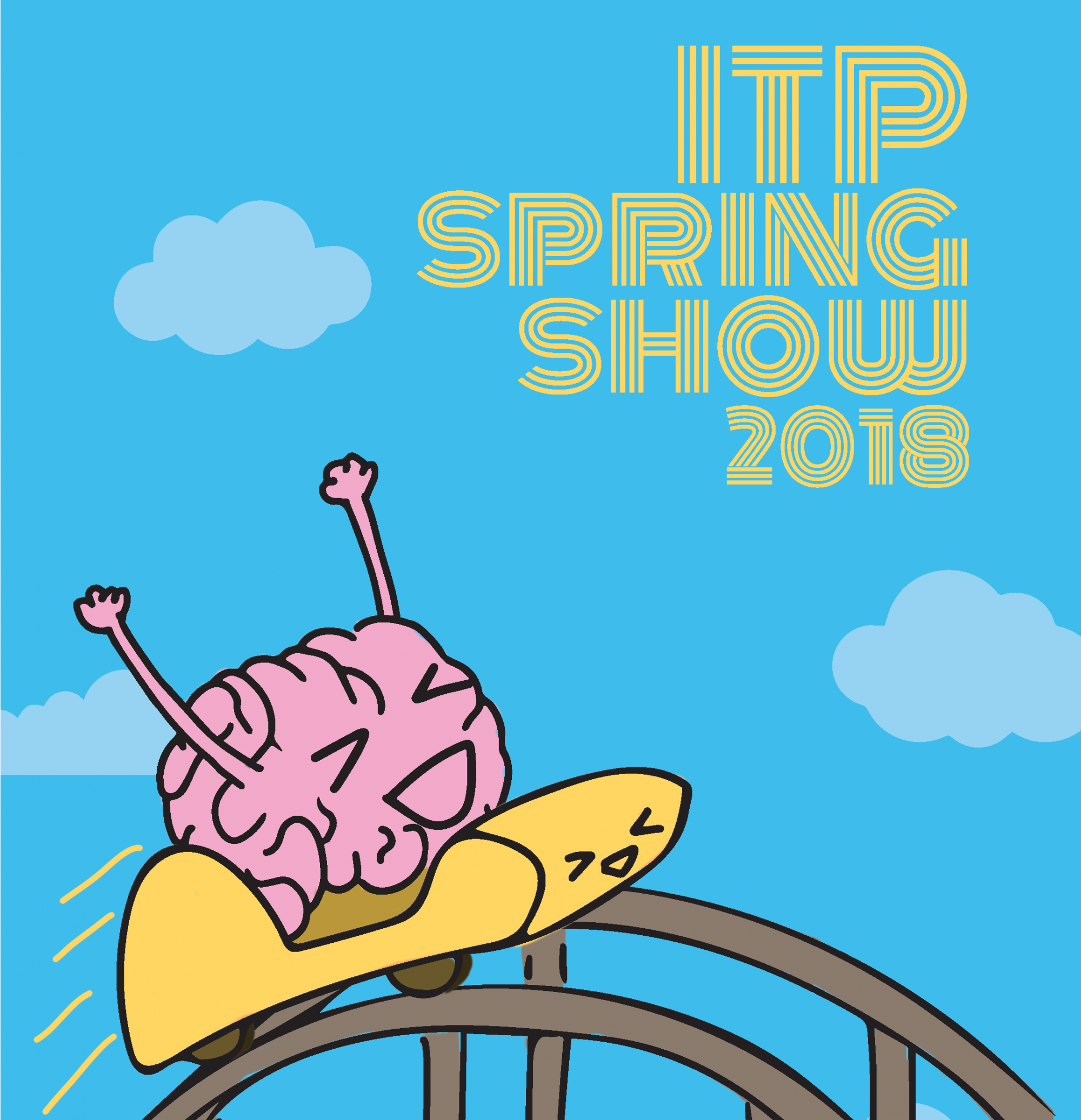Michael Simpson
Sound is a multiplicity of qualities and features. What if a tool allowed us to easily extract and use more of these data points in real-time?<br />
<br />
The <i>Machine Listening Toolkit</i> is a project aimed at easing the use of computational audition for creative purposes.
Description
The Machine Listening Toolkit is a software toolkit for streamlining the use of machine listening algorithms. The toolkit was designed to be used in real-time applications and provides access to utilities and data structures that help alleviate the related burdens. MLTK currently includes an openFrameworks add-on, a collection of learning resources, and a standalone tool that can be used to visually explore representations of the data and data flows.
The dashboard allows users to select, configure, and explore a vast array of relevant algorithms and have their output rendered in real-time as a graphic visualization. The dashboard can display a matrix of real-time visualizations which the user can arrange freely. The simultaneous view allows differences between graphs to become apparent and observed. This is useful as a way of better understanding the algorithms and their relationships to each other but also provides a real-time indication of how the algorithms perform and seem most appropriate for a certain task given the sound. The graphs can individually be explored in 3D to help reveal historical trends in the data visually. Visualizations can be selected on-the-fly to make their data stream available to external applications using OSC. Data can also be exported into flat files in several common data file formats.
Classes
Thesis
Thesis Presentation Video
http://mltk.mgs.nyc/


